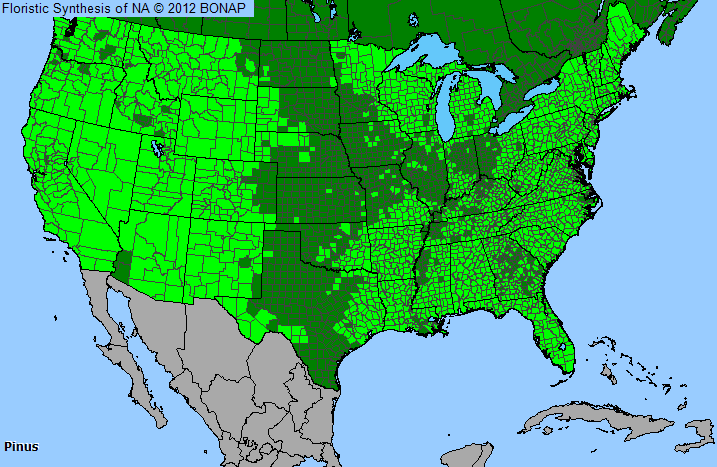
Plant Allergy Overview
Allergenicity
Low
Pollen Season
Spring
Type
Tree
Sub-Type
Evergreen
Allergy Information
Pines pollinate profusely, contributing large numbers to pollen counts, and presenting often visible layers across streets and car windows when in season. However, they are rarely considered a particularly allergenic pollen. Pollen.com lists these as predominant pollen only when other more important types are lacking.
Genus Details
Pines are usually evergreen, and have needlelike, or linear leaves arranged in spirals with flattened cone scales. The mature cones are woody and the seeds are winged or wingless. These trees have a distinct scent, which is often simulated in cleaning products and air fresheners.
Pollen Description
Pine grains are large due to their sacs or bladders, which make them one of the easiest pollen grains to identify. These sacs also allow them to be carried great distances by the wind. Among winged grains, the body is subspheroidal to broadly ellipsoidal. The bladders are generally reticulate or occasionally smooth.
Pollen grains vary in size from 40-85 micrometers.
Genus Distribution

The shaded areas on the map indicates where the genus has been observed in the United States.
 - Native, observed in a county
- Native, observed in a county  - Introduced, observed in a county
- Introduced, observed in a county  - Rarely observed
- Rarely observedSpecies in Pine Genus
Allergens & Plants Search
Enter a full or partial species name to find more information on one of over 1,200 potentially allergenic plants.
For example, you can find chenopods searching on "cheno"


